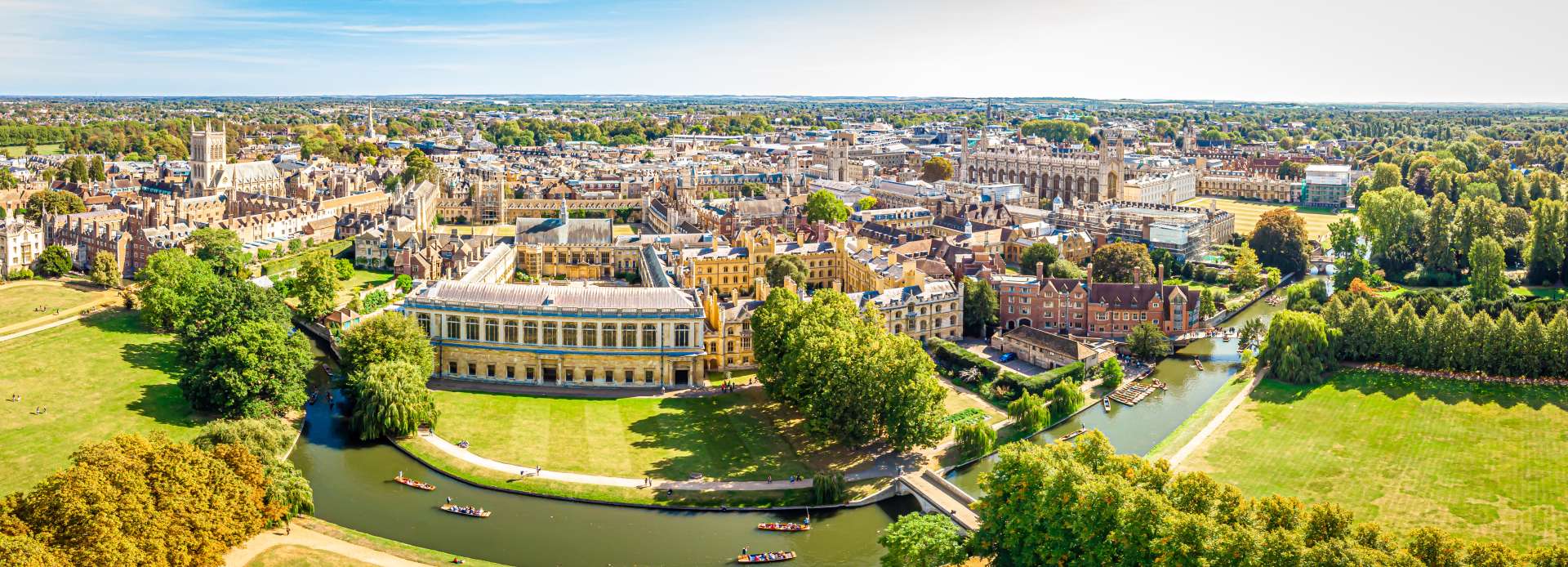
RSPB Rainham Marshes — London’s Wild Wetland Haven
Spot Birds, Walk the Boardwalks, and Explore Nature on the Thames Estuary New Tank Hill Road, Purfleet, Essex RM19 1SZ
Specification
Outdoor SeatingNature on the Edge of the City
On the north bank of the River Thames, RSPB Rainham Marshes feels like another world.
Once used by the military, this vast stretch of wetland has been transformed into a thriving nature reserve managed by the Royal Society for the Protection of Birds (RSPB).
Today, it offers a peaceful escape for birdwatchers, walkers, and families — a place where wild beauty meets big skies just beyond London’s skyline.
From Firing Range to Nature Reserve
For over a century, these marshes were part of the Ministry of Defence’s training grounds, which ironically helped preserve the landscape from development.
When the RSPB took over in 2000, they began restoring the area into a rich mosaic of reedbeds, lagoons, and grasslands.
Therefore, Rainham Marshes became one of the few remaining ancient grazing marshes in the Thames Estuary — now buzzing with life all year round.
Exploring Rainham Marshes
1. Wildlife and Birdwatching
The reserve is home to more than 250 bird species.
In spring and summer, look for lapwings, reed warblers, and avocets nesting by the water.
In winter, large flocks of wigeons, teals, and curlews arrive, joined by birds of prey such as marsh harriers and peregrine falcons.
In addition, dragonflies, butterflies, and water voles make the reserve lively through the warmer months.
2. The Walking Trails
A 2-mile circular boardwalk trail winds through the reserve, perfect for all ages and abilities.
It leads past reedbeds, open pools, and wooden hides for quiet wildlife watching.
Moreover, raised viewpoints reveal sweeping panoramas of the Thames and nearby Dartford Crossing.
3. The Visitor Centre
The award-winning Rainham Marshes Visitor Centre offers a café, shop, and interactive exhibits about the reserve’s wildlife and history.
Friendly RSPB staff provide binoculars and spotting advice for newcomers.
There’s also a play area and accessible routes, making it ideal for families.
Learn more at the RSPB official website
A Living Landscape
RSPB Rainham Marshes is more than a nature reserve — it’s a story of restoration and resilience.
It shows how spaces once used for industry or defence can be reborn as havens for wildlife and people alike.
Furthermore, its open skies and quiet wetlands offer a rare sense of calm within sight of London’s skyscrapers.
Here, nature thrives again on the edge of the city.
Visiting RSPB Rainham Marshes
How to Get There
Address: New Tank Hill Road, Purfleet, Essex RM19 1SZ
By Train: Purfleet Station (C2C Line) — 10 minutes’ walk.
By Car: Free parking at the visitor centre.
By Bus: Routes 44 and 372 from Lakeside or Rainham.
Opening Hours & Admission
Open daily, 9:30am–5pm (closed Christmas Day).
Entry: Free for RSPB members; small charge for non-members.
Facilities
Café and gift shop
Toilets and baby changing
Step-free trails and hides
Bike racks and picnic areas
Nearby Attractions
Thames Path: Riverside walking route connecting London to the estuary.
Rainham Hall: 18th-century merchant’s house (National Trust).
Valence House Museum: Local history museum in Dagenham.
Crossness Pumping Station: Victorian engineering marvel across the river.
Together, they form the Thames Estuary Heritage Trail.
Why Visit RSPB Rainham Marshes?
The Rainham Marshes experience brings you face-to-face with nature’s resilience.
It’s a reminder that even near a major city, wild places can flourish when protected and cared for.
Whether you’re watching birds in flight, walking the boardwalks, or simply soaking in the silence, Rainham Marshes offers peace and perspective on the edge of London.
It’s not just a reserve — it’s a restored paradise.





No Reviews